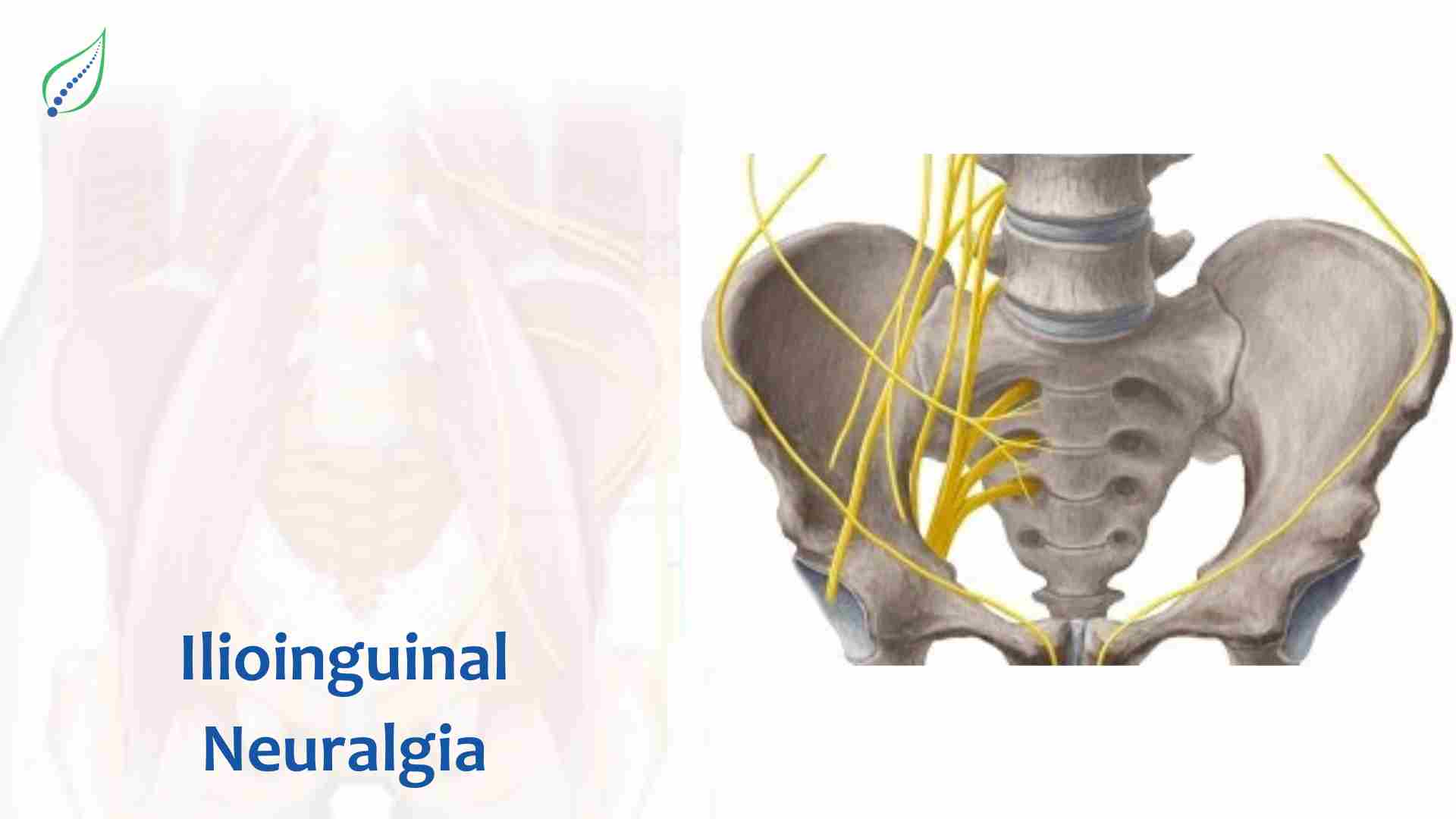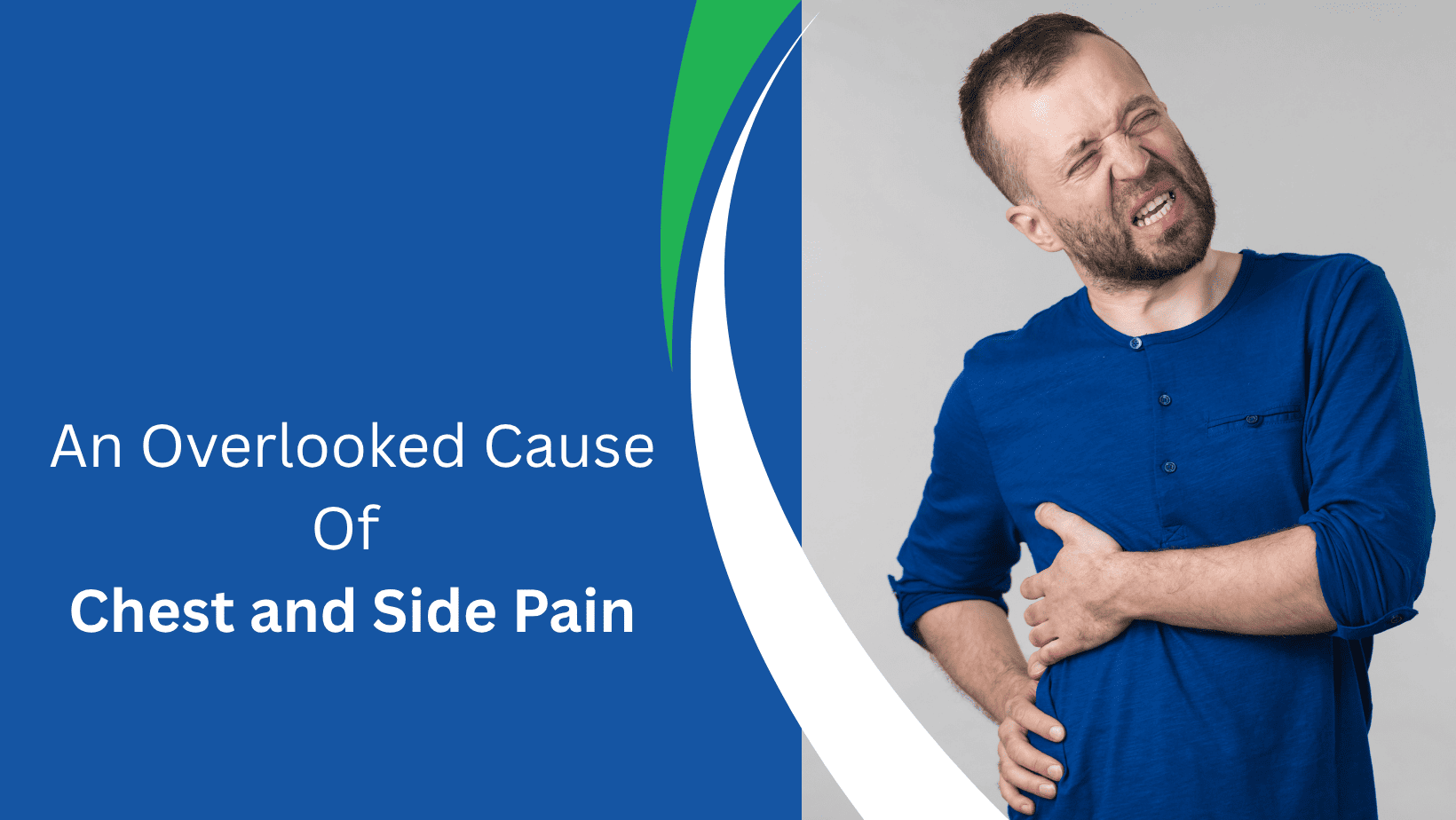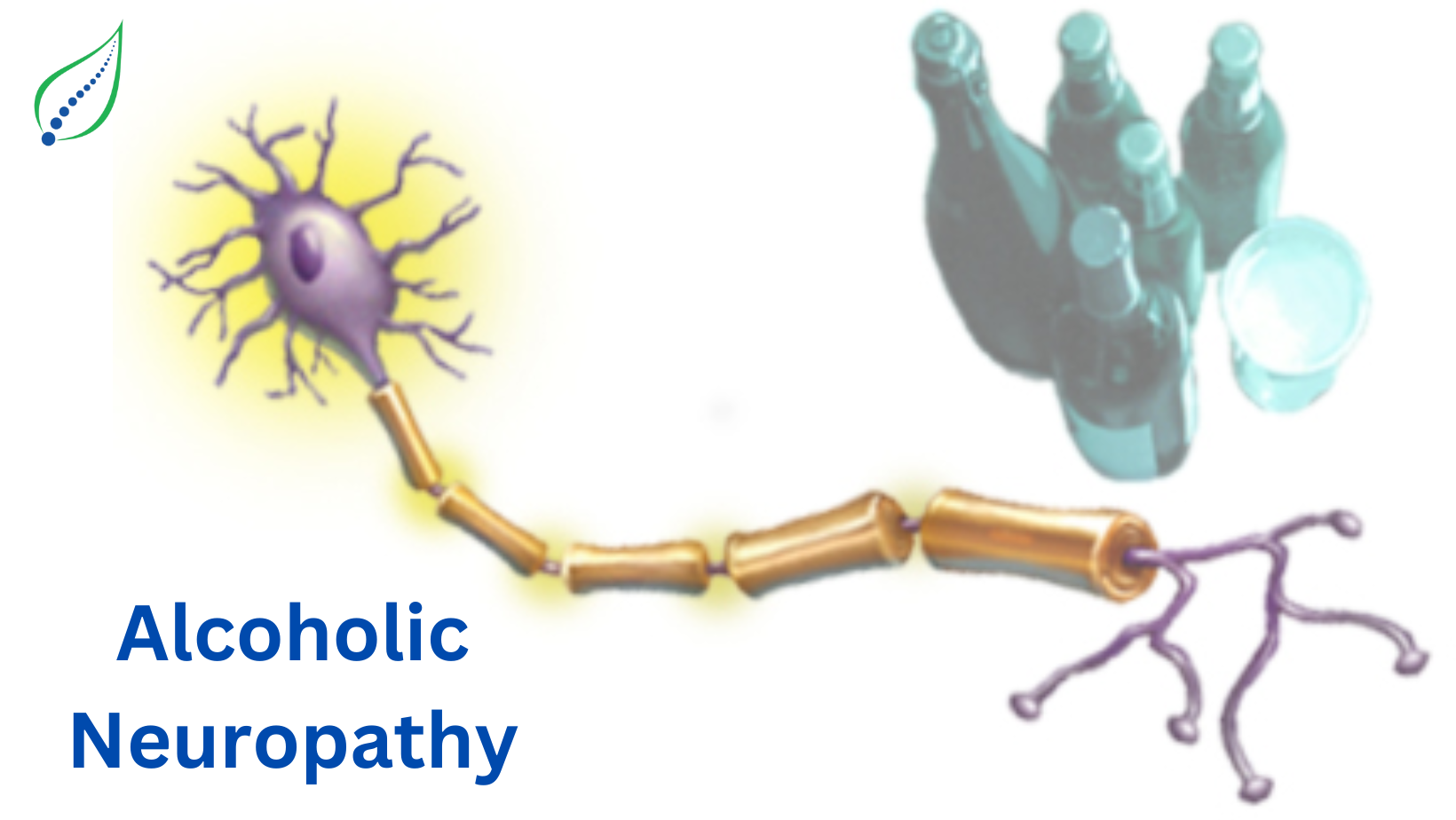Understanding and Managing Ilioinguinal Neuralgia
Ilioinguinal neuralgia is a painful condition caused by irritation or damage to the ilioinguinal nerve. This nerve runs across the upper thigh and lower abdomen, supplying sensation to those areas. When it is compressed, inflamed or injured, it can produce a burning, stabbing or shooting pain in the groin, thigh, abdomen or genital regions. While not a well-known condition, it can severely impact a person's quality of life. Read on to learn more about the symptoms, causes and non-surgical treatments of ilioinguinal neuralgia.
Recognising the Symptoms
The hallmark symptom of ilioinguinal neuralgia is severe, intermittent pain concentrated in the lower abdomen, groin and thigh. It often occurs spontaneously in sudden attacks or can be triggered by movements like bending, walking or climbing stairs. The pain may radiate across the upper thigh or down into the genitals. Those with ilioinguinal neuralgia describe the pain as burning, stabbing or shooting in nature. It may feel like an electric shock sensation.
In some cases, the pain is accompanied by numbness or tingling in the affected areas. There may also be hypersensitivity to touch. Symptoms can come and go but progressively worsen over time without treatment. The pain may be fleeting or long-lasting during flare-ups. Identifying areas that trigger or alleviate pain helps diagnose ilioinguinal neuralgia.
What Causes It?
In many cases, there is no apparent cause found for ilioinguinal neuralgia. But certain factors are thought to contribute to irritation of the ilioinguinal nerve:
- Compressed Nerve: The thin ilioinguinal nerve can become compressed due to trauma from abdominal surgery, injury or inflammation in the surrounding area. Scar tissue or a hematoma from procedures like hernia repair, appendectomy or childbirth may pinch the nerve.
- Nerve Damage: Blunt trauma, laceration injuries or diseases affecting nerves can damage the ilioinguinal nerve. Diabetes is one condition associated with nerve injury.
- Referred Pain: Sometimes pain originates from another source like the lower back or pelvis. But the pattern of pain presents along the pathway of the ilioinguinal nerve.
- Neuropathy: Generalized nerve disorders like neuropathy can make nerves hypersensitive and prone to malfunctioning signals felt as pain.
- Chronic Pain Conditions: Those with fibromyalgia, endometriosis or chronic pelvic pain are more likely to develop neuralgia. The mechanism is not fully understood.
- Infection: In rare cases, shingles, HIV and syphilis can cause inflammation of the ilioinguinal nerve.
Getting an accurate diagnosis requires ruling out potential causes with clinical examination, imaging and sometimes diagnostic nerve blocks. Ongoing communication with your doctor helps determine the source in your case.
Seeking Effective Treatment
Ilioinguinal neuralgia will not resolve on its own without proper treatment and management. The goal is to alleviate nerve irritation causing the pain signals. Treatment always begins with the most conservative options:
- Medications: Drugs like gabapentin or carbamazepine calm nerve pain in many cases. Tricyclic antidepressants are another option. Over-the-counter analgesics provide mild relief.
- Nerve Blocks: Anaesthetic nerve blocks can offer substantial short-term relief by numbing the irritated nerve. However, the pain often returns once the effects wear off.
- Physical Therapy: Stretching, massage, ultrasound and TENS units applied to the affected thigh and abdomen help relax the muscles and stimulate blood flow.
- Lifestyle Changes: Loose clothing, warm baths, and avoiding activities aggravating the groin and thigh can help minimise daily discomfort. Reduce stress through rest and relaxation.
- Alternative Therapies: Options like meditation and cognitive behavioural therapy may provide complementary pain relief.
Working closely with your doctor is crucial in tailoring an integrated treatment plan for the long-term. Most patients need to combine multiple approaches to control their neuropathic pain adequately. Seeking help from pain specialists is advisable if debilitating symptoms persist despite conservative management.
Coping with Chronic Ilioinguinal Pain
Managing chronic nerve pain requires patience as it can wax and wane. During flare-ups, focus on coping strategies:
- Apply ice packs to help reduce inflammation around the affected nerve.
- Distract yourself with light activities like reading or music during intense pain.
- Take warm baths to provide temporary relief and relaxation.
- Reduce workload or take time off during severe flare-ups to avoid stress.
- Join a support group to connect with others experiencing neuropathic pain.
- Consider counselling to develop healthy thought patterns around dealing with pain long-term.
- Communicate openly with friends and loved ones so they can understand your limitations.
- Celebrate successes like improvements in your activity level or reduction in pain intensity.
While ilioinguinal neuralgia can be challenging to overcome, a combination of medical care, coping methods, and lifestyle adjustments provides the best chance at managing the condition and improving the quality of life.

_1750326150_1751826460.png)


